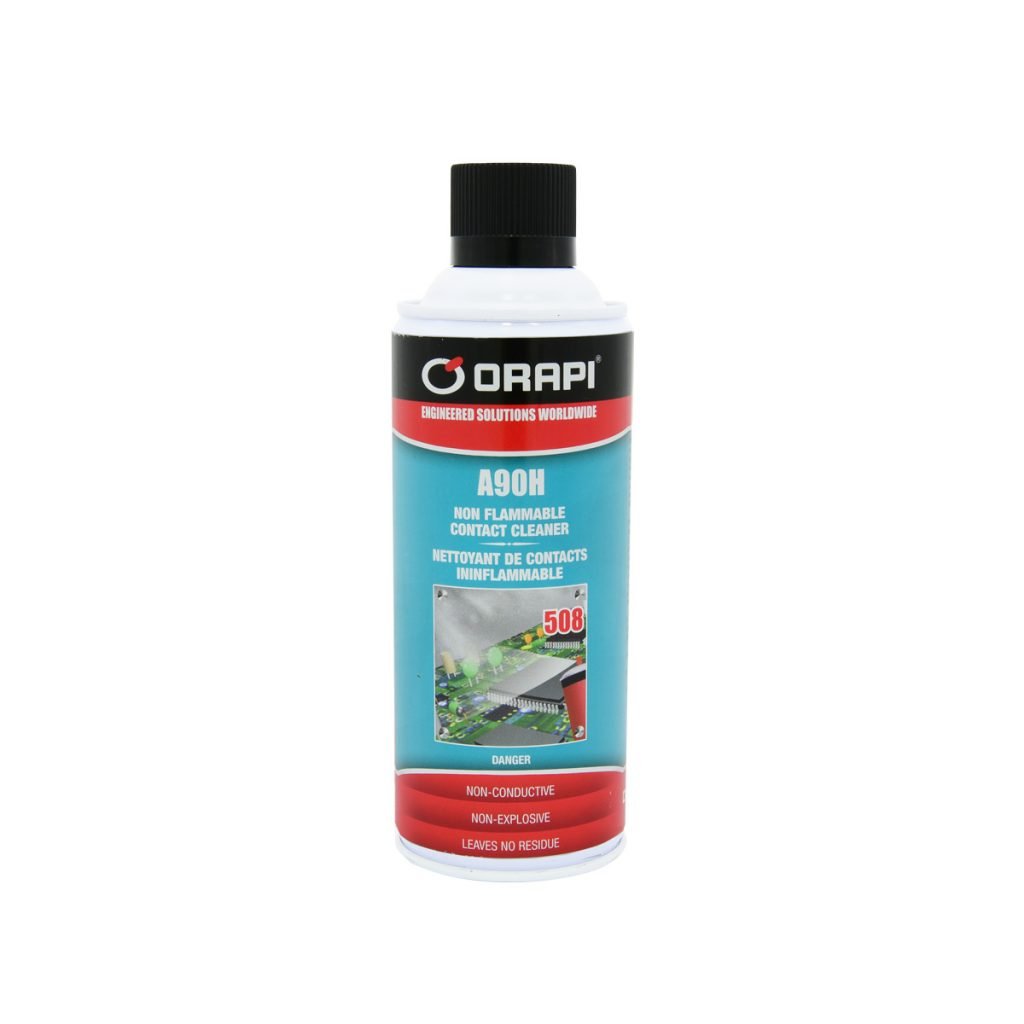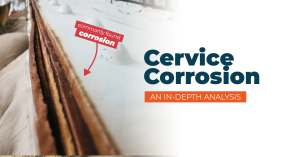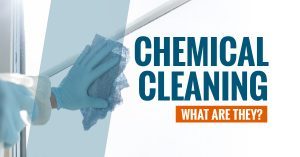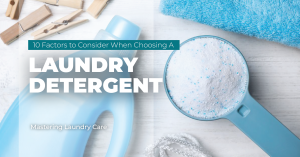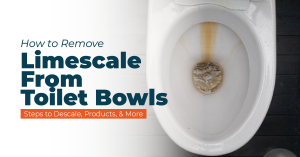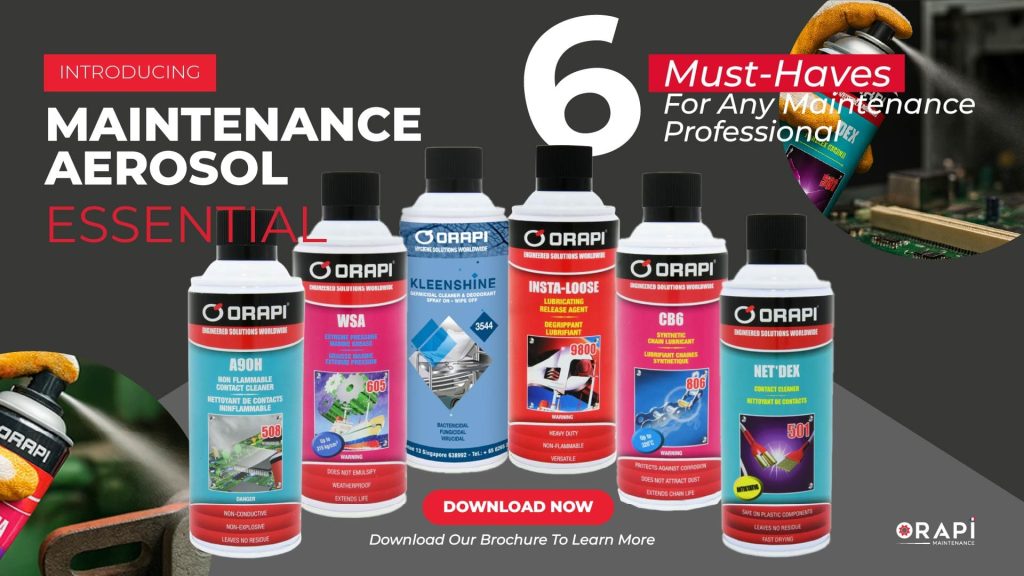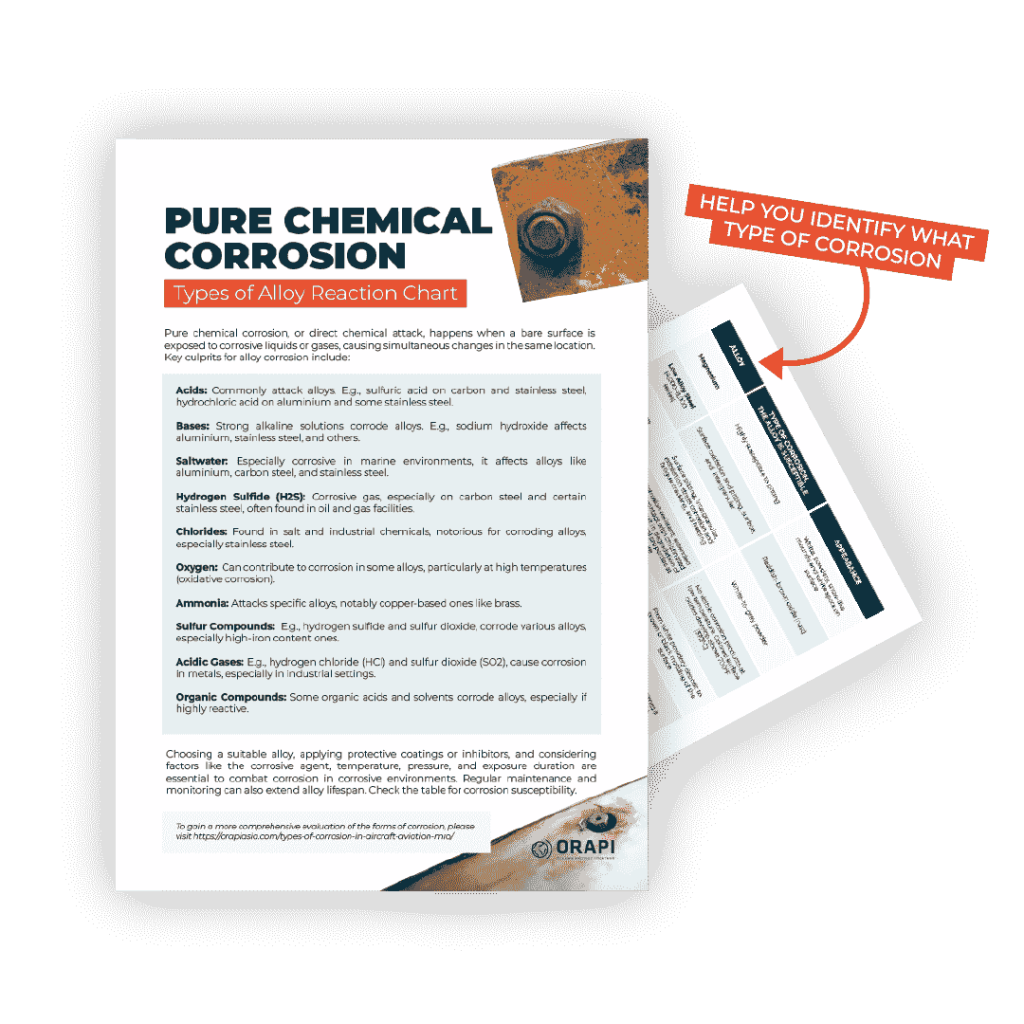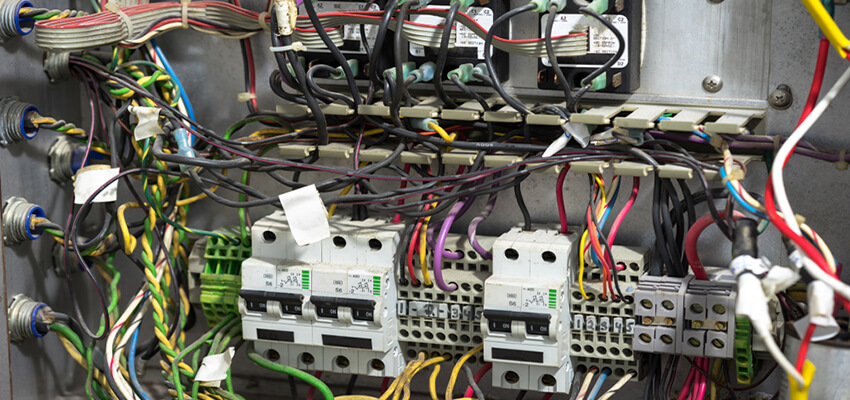
Signs That Your Electronics Need Contact Cleaning
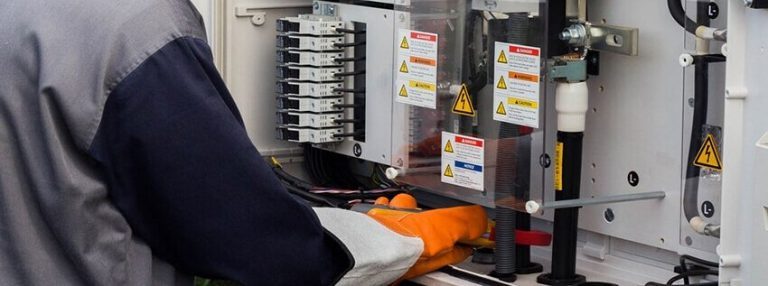
If you observe any problems with your electronic devices, it’s crucial to determine whether they require contact cleaners. Keep an eye out for the following signs:
Corrosion
If you notice any indications of rust or corrosion on the metal components of your electronic devices, it could mean that they have been exposed to moisture or other impurities. Corrosion can have a detrimental impact on the functionality of electronic devices, which is why it’s crucial to address the issue as soon as possible.
Dust and Debris
If you spot a layer of dust or debris on your electronic gadgets, it could indicate that their electrical connections are dirty. The accumulation of dust and debris can disrupt the normal functioning of electronic devices, leading to overheating or malfunction.
Oxidation
Sometimes, electronic components may show discolouration or a hazy film on their surfaces. This can happen due to a chemical process called oxidation, which can break down the metal. To fix this, you may need to use a contact cleaner to clean the affected surfaces.
Signs of Wear and Tear
If you observe any indications of damage on the electrical connections, such as worn-out wires or connections that are not firmly attached, we recommend you have them inspected and cleaned. Ignoring these problems can result in more severe issues in the future.
Tips for Electrical Contact Cleaning
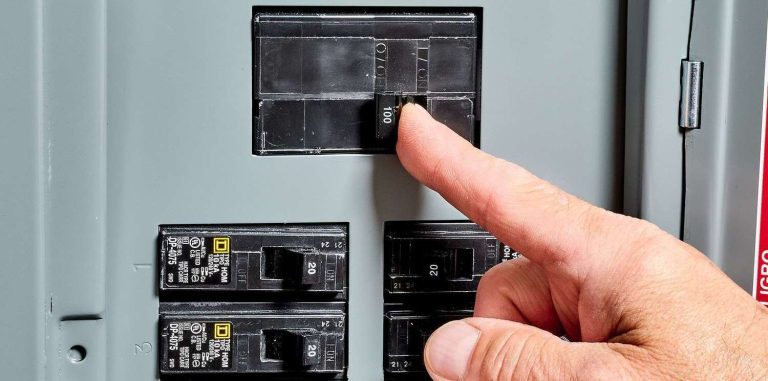
1. Disconnect the Power Supply
It’s important to turn off the power source before cleaning electrical contacts to avoid any electrical shock or damage to the equipment. Therefore, it’s recommended to unplug any electrical devices or turn off the circuit breaker before starting the cleaning process.
2. Use a Contact-Cleaning Solution
It’s best to use a specialised contact cleaner to clean electrical contacts. These cleaners are specifically designed to remove dirt, dust, or oxidation from the contact surfaces. It’s important to note that you should always use the contact cleaner that is recommended for the type of contact you are cleaning in order to achieve the best results.
ORAPI RECOMMENDS:
A90H is an ultra-high purity, non-flammable, fast-drying electronic grade solvent for electrical and electronic components, especially those contacts and components sensitive to ordinary solvent cleaners.
3. Clean the Contacts With Care
When you clean electrical contacts, it is important to apply gentle pressure to avoid causing any damage. You can use a soft-bristled brush or cotton swab to gently clean the contacts. It is also essential to remove all excess debris or cleaner from the contacts after cleaning.
4. Allow Adequate Drying Time
It’s important to let electrical contacts dry completely after cleaning them before reconnecting the power source. This will prevent any moisture from being left on the contacts, which can lead to corrosion and harm to the equipment.
5. Routine Maintenance
Regular maintenance is crucial to prevent dirt and dust buildup on electrical contacts. To ensure efficient equipment operation and avoid damage to the contacts, we recommend periodically cleaning them using a soft-bristled brush or a lint-free cloth.
Safety Guidelines to Practise
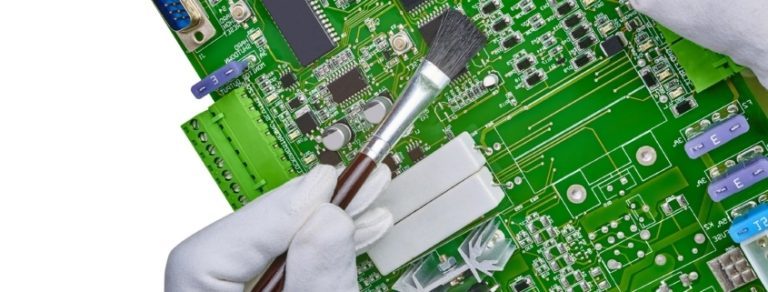
- Wear protective gear such as gloves and eye protection at all times when handling these cleaners due to potential skin and eye irritation caused by contained chemicals.
- Work in a well-ventilated space, or consider using a respirator to prevent inhaling fumes or vapours.
- Keep the cleaner away from open flames or heat sources, as they might be flammable.
- Store the cleaner in a cool, dry, and well-ventilated area, ensuring it’s far from heat or ignition sources.
Remember, observing these safety measures is crucial to safeguard yourself while using electrical contact cleaners. Adhering to these precautions ensures effective cleaning of electronic devices while preventing any potential harm or damage.
Common Mistakes To Avoid
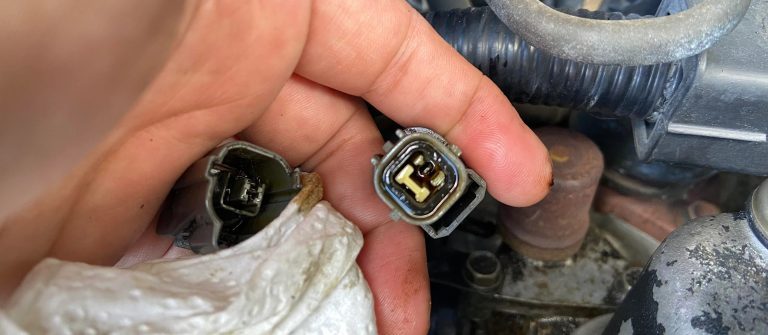
To keep electronic devices in good condition, it’s crucial to regularly clean their electrical connections. However, there are some common errors that people tend to make when doing this. Let’s take a look at a few of these mistakes to avoid.
Overuse of Electrical Contact Cleaning Solution
It’s important to be cautious when using contact cleaners, as overusing them may harm the contacts and the nearby components. Additionally, applying an excessive amount of cleaner can result in a residue that could attract dust and dirt, leading to even dirtier contacts over time. To prevent any damage, it’s vital to adhere to the manufacturer’s instructions and use the recommended amount of cleaner.
Improper Selection of Cleaning Equipment
We recommend avoiding using abrasive materials or tools such as sandpaper, wire brushes, or metal wool to prevent damage to the contacts and surrounding components. Instead, use soft, lint-free cloths or cotton swabs for cleaning purposes to ensure that no fibres are left behind. Additionally, use non-metallic tools to avoid any scratches or other damage to the contacts.
Conclusion: How to Clean Electrical Contacts
In conclusion, maintaining clean electrical contacts is essential for the optimal functioning and longevity of electronic devices. Using specialised contact cleaners tailored to remove dirt, dust, and oxidation from conductive surfaces significantly enhances equipment performance. Recognising signs of corrosion, dust accumulation, oxidation, or wear is crucial to prompt action. Following safety guidelines during cleaning, such as wearing protective gear and working in well-ventilated areas, ensures personal safety. Adhering to recommended cleaning practices, avoiding overuse of cleaning solutions, and employing appropriate tools prevent damage to the contacts and adjacent components. Regular, gentle maintenance remains pivotal in preserving the efficiency of electronic devices, ultimately extending their lifespan while ensuring continued seamless operation.

